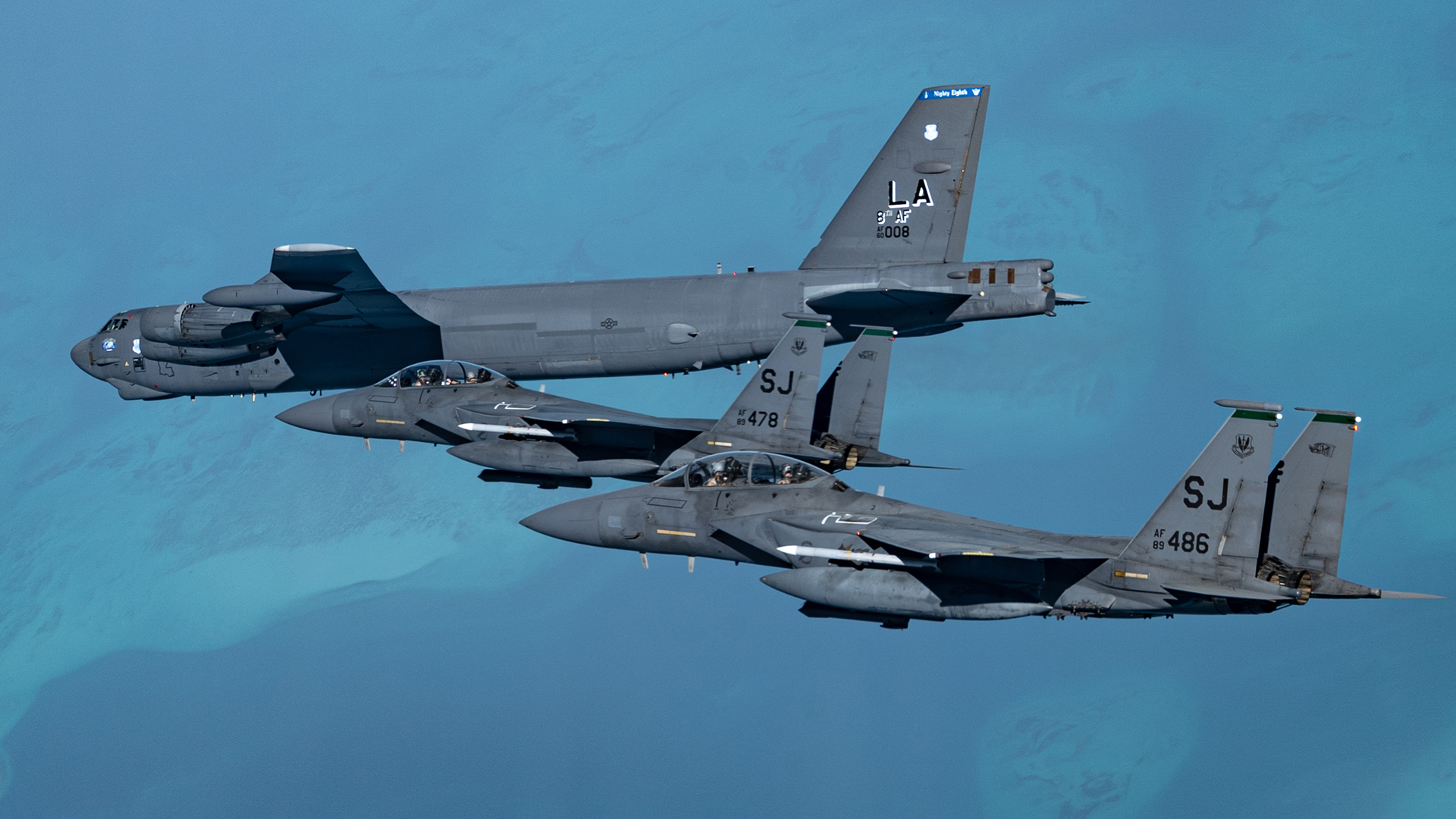To counter the growing threat especially from China, the Air Force is undergoing major changes in how it operates and is organized. Dubbed “Reopitmization for Great Power Competition,” details of the initiative will be unveiled Monday at the Air and Space Forces Warfare Symposium in Denver by Air Force Secretary Frank Kendall and other senior leaders, an Air Force official told The War Zone.
The changes will run the gamut from how the Air Force organizes its operational units to how it acquires new weapons systems, Andrew Hunter, Assistant Secretary of the Air Force for Acquisition, Technology and Logistics, suggested on Friday.
“We’re driving towards…the ability to do integration across our organizational stovepipes in the acquisition community but also on the operational community across the department to a much higher degree,” said Hunter, speaking at an Atlantic Council event.

“Optimizing for great power competition goes beyond just looking at modernization… beyond just looking at acquisition programs, and really looks at the entire Department of the Air Force enterprise…to ask the question, ‘is the structure that we have today fit for purpose, for the missions assigned to the Department of the Air Force? Or are they still in a structure or in a shape or burdened by the legacy of previous strategies – previous national defense security focuses?’”
What worked during 20-plus years of counter-insurgency fighting against enemies with limited weaponry won’t in a fight against China or Russia, Hunter noted.

“In order to be successful, we were able to leverage that tremendous investment over the last 20-plus years to do very high-precision, highly effective and highly impactful things like airstrikes around the world, but on a very modest scale,” said Hunter. “What we’re looking at in terms of strategic competition is the necessity to do that same thing, but at a pace and a scale completely unlike anything we’ve done before.”
Last week, Politico offered a glimpse at what some of the specific changes might look like from major commands (MAJCOM) level down to the wing level.
“Within the next few weeks, the service will announce it is consolidating some of its major three- and four-star commands, integrating fighter jets and bomber aircraft into single units, and beefing up its budget and planning shop, according to six people familiar with the plans,” the publication reported.
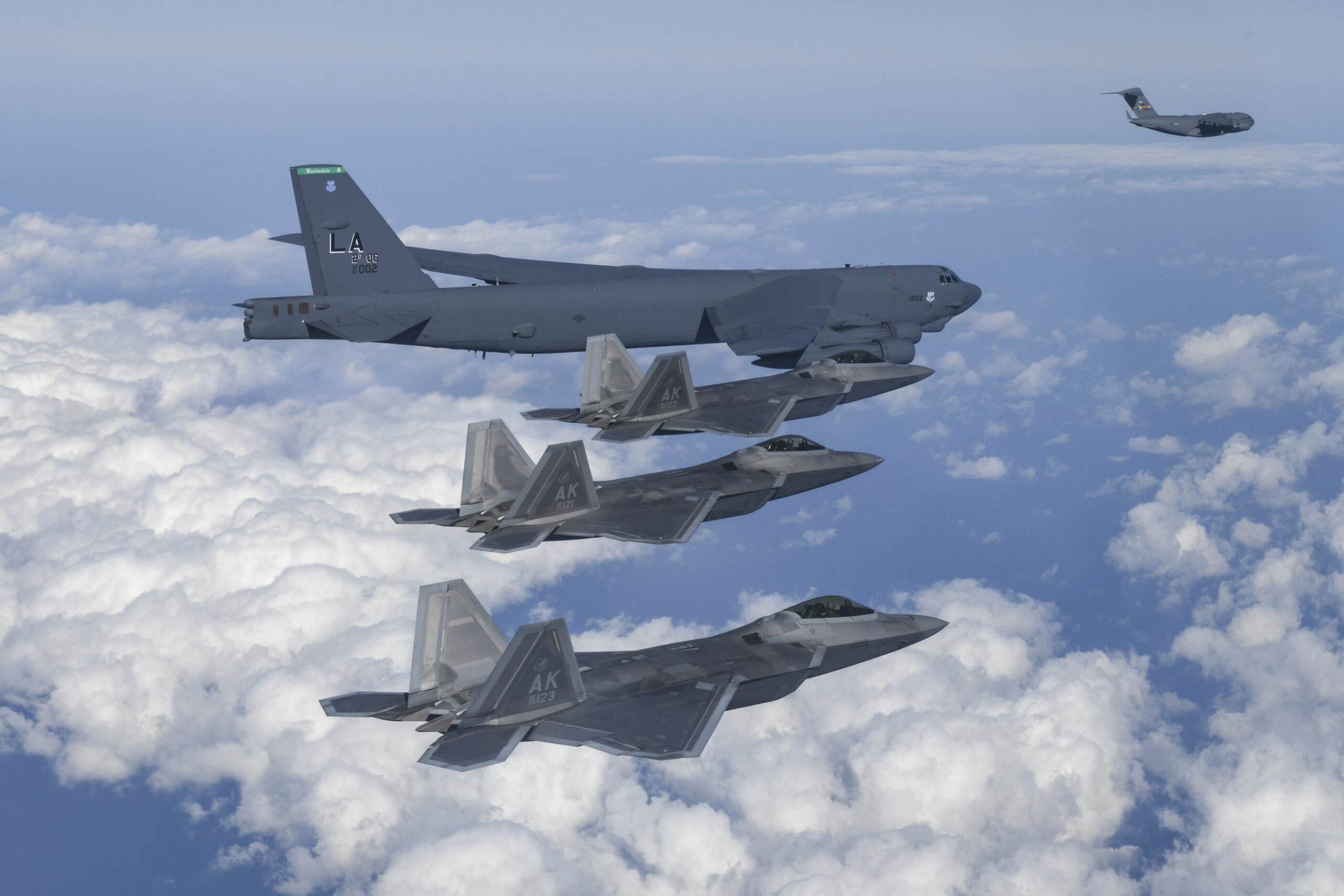
The Air Force has nine MAJCOMs. Some, like Air Mobility Command (AMC) are functional, providing lift and refueling capabilities across the services. Air Combat Command (ACC) provides air combat forces while Global Strike Command provides combat-ready forces to conduct strategic nuclear deterrence and global strike operation. Others, like U.S. Air Forces In Europe and U.S. Air Forces Africa (USAFE) cover regional Air Force responsibilities.
Some of those MAJCOMs could be merged, Politico suggested.
At the operational unit level, the Air Force is considering a “composite wing” concept, where aircraft capable of taking out enemy air defenses, participate in air-to-air combat, and refuel all operate under one command structure instead of several.
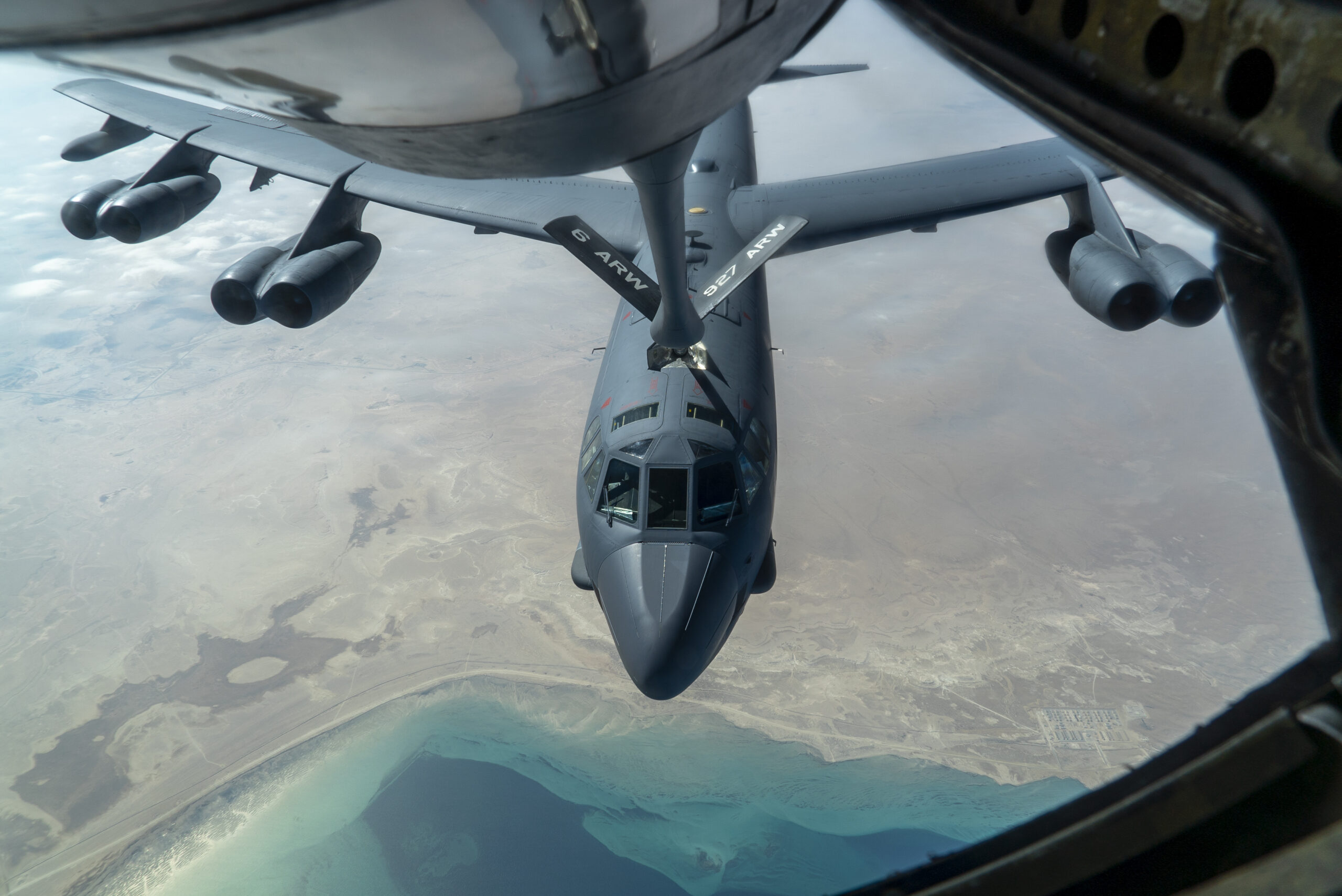
“Crews for the different aircraft would regularly train together, making coordination easier and less time-consuming, the thinking goes.”
That’s not a totally new concept. The Air Force tried that in 1991, spurred by then Air Force Chief of Staff Merill McPeak. The 366th Wing at Mountain Home AFB became the flying guinea pig for what was then called the Air Intervention Wing organization. However, for several reasons, the concept was eventually scrapped.
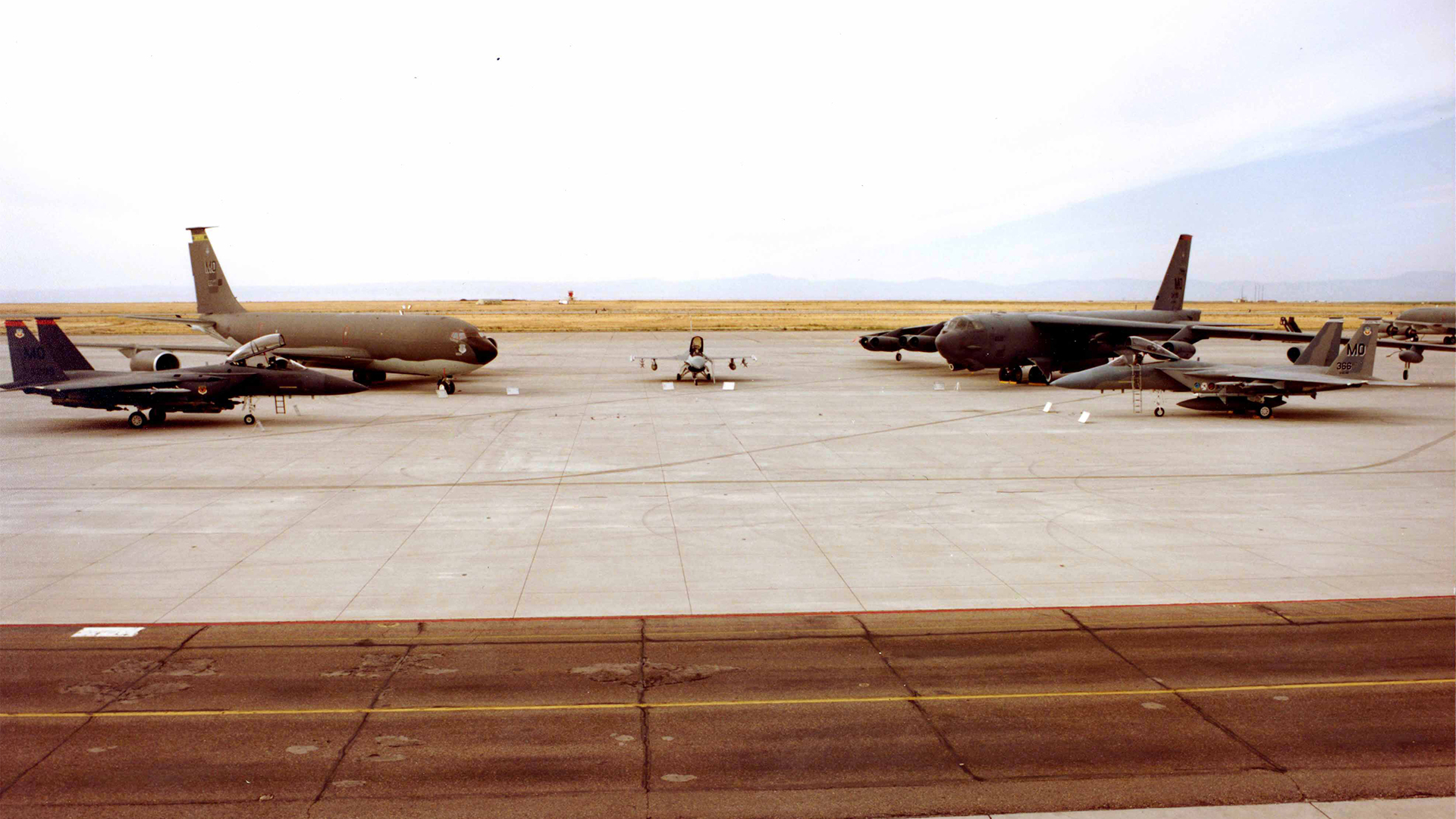
“Although the logic behind this concept was fairly clear, there certainly were drawbacks and roadblocks to executing it as originally envisioned. First off, basing five different aircraft types in operational units on a single base was grossly expensive. Each aircraft had its own infrastructure and logistical needs and with just one squadron of each type on strength, economies of scale were nowhere to be found.”
“After years of real-world evidence, it became clear that replicating the intervention wing concept multiple times over would be near fiscally impossible in an era of declining force structure and budgets. The post-Cold War ‘peace dividend’ was going to be realized one way or another, and pumping huge sums of money into composite wings seemed to many like a lavish luxury with questionable utility.”
We don’t know enough about how a similar concept could work under the new plan, but basing the units separately but having them train together regularly could be a hybrid model that is more achievable and scalable in the long run.
The current concept of changing the wing structure had not been briefed at the senior level, an Air Force official told Politico, which added that none of the suggested changes were set in stone.
Author’s note: see the Air Force’s response regarding Politico’s report at the bottom of this story.
Kendall offered similar insights about how the flying branch will change to Air & Space Forces Magazine in an interview that published Jan. 26.
“…if we’re called upon to support an operation plan in the Pacific or in Europe, say, against a great power, we need ready deployable units, that can go do that job,” Kendall explained. “And that’s not what we have right now. … The units themselves have got to be structured to have all the capabilities they need when they go, and you want to have unity of command for those units. We don’t have that right now.“
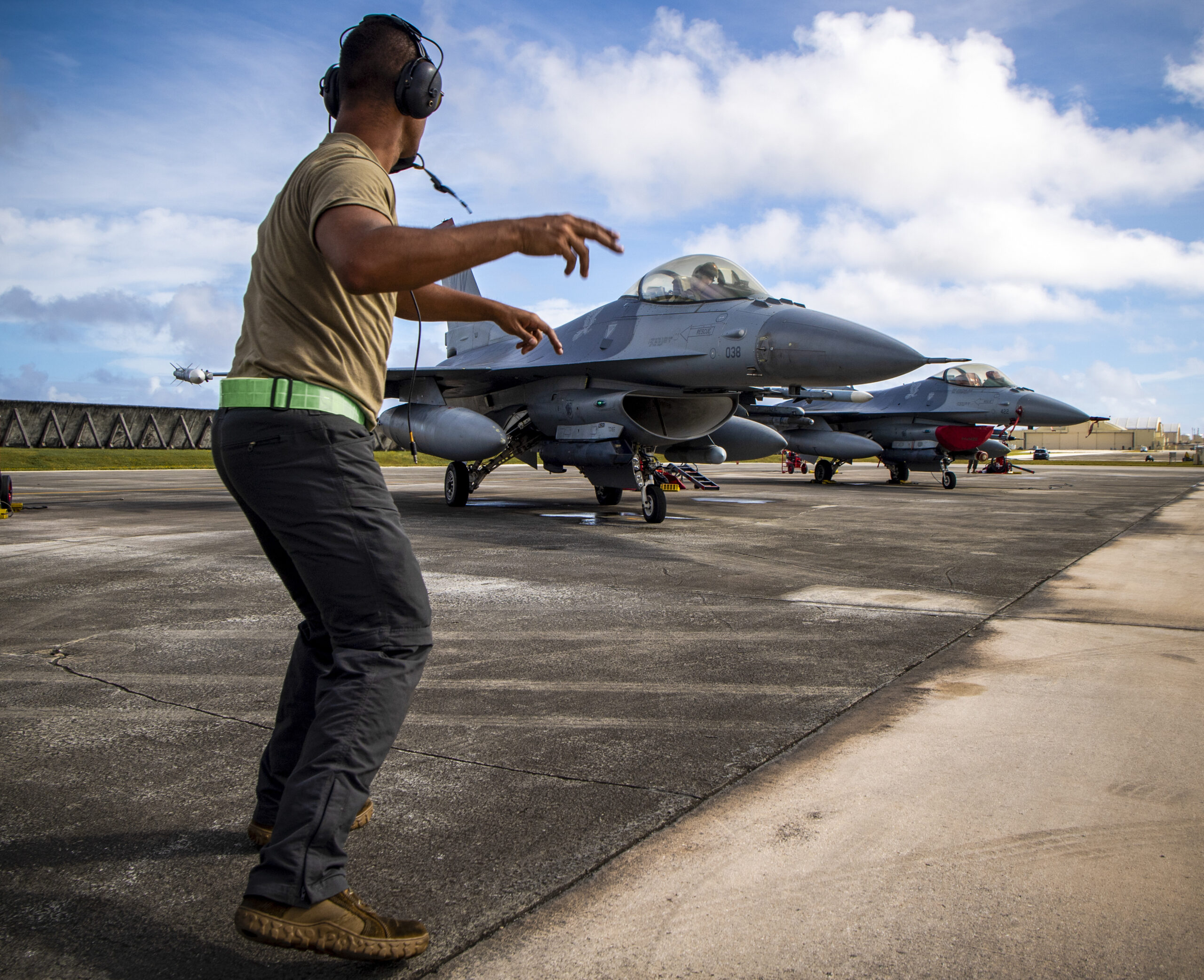
Under the current structure, “when a new commander gets over there, his team does show up that day, and they just start to do what they’re doing,” Kendall posited. “And we’ve gotten used to that. It was an efficient way to do the kinds of things we’ve been doing for the last 20-odd years. But it’s not the way you want to go into a great power conflict.”
Kendall teased the need for these changes specifically to counter China back in September during the AFA’s symposium at National Harbor, Maryland.
“China created two new military services, the Rocket Force and the Strategic Support Force, and it’s substantially increased the capabilities of both the People’s Liberation Army Air Force and the PLA Navy,” he said at the time. “The Rocket Force is intended to attack America’s high value assets, aircraft carriers, forward airfields, and key [command and control] and logistics nodes.”
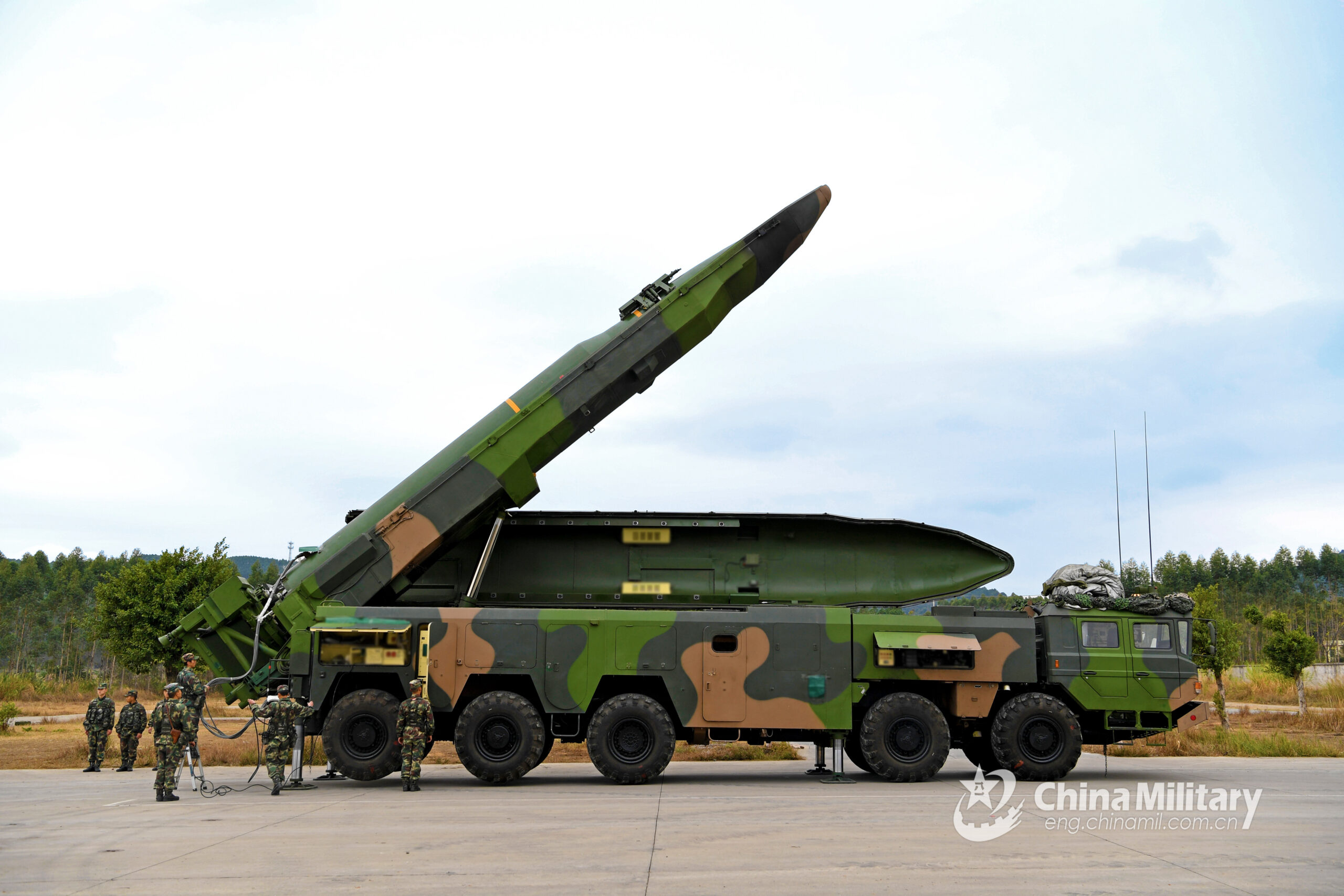
“The Strategic Support Forces are designed to achieve information dominance in the space and cyber domains, including by attacking our space-based capabilities,” he continued. “China has been reoptimizing its forces for great power competition and to prevail against the U.S. and Western Pacific for over 20 years. We must do the same.”
The Air Force knows what it wants to do. How it will make that happen under the realities of budget constraints and competing interests across the services remains to be seen.
Update: 4:42 PM Eastern Feb. 10 –
We received a statement from the Air Force
“The Politico article was inaccurate. Department of the Air Force senior leaders will announce key decisions related to Great Power Competition at AFA.”
Contact the author: howard@thewarzone.com
